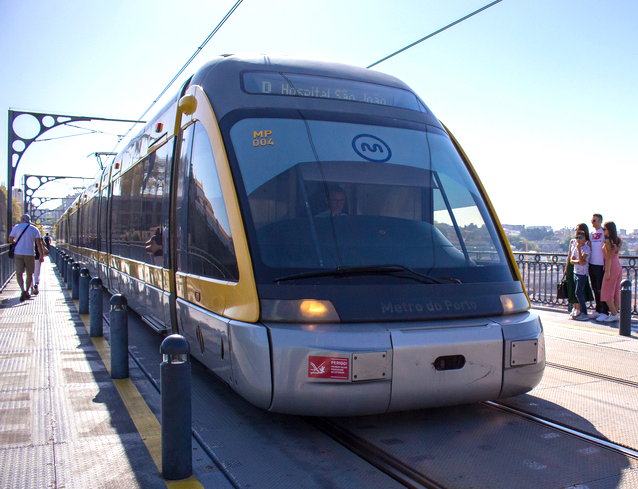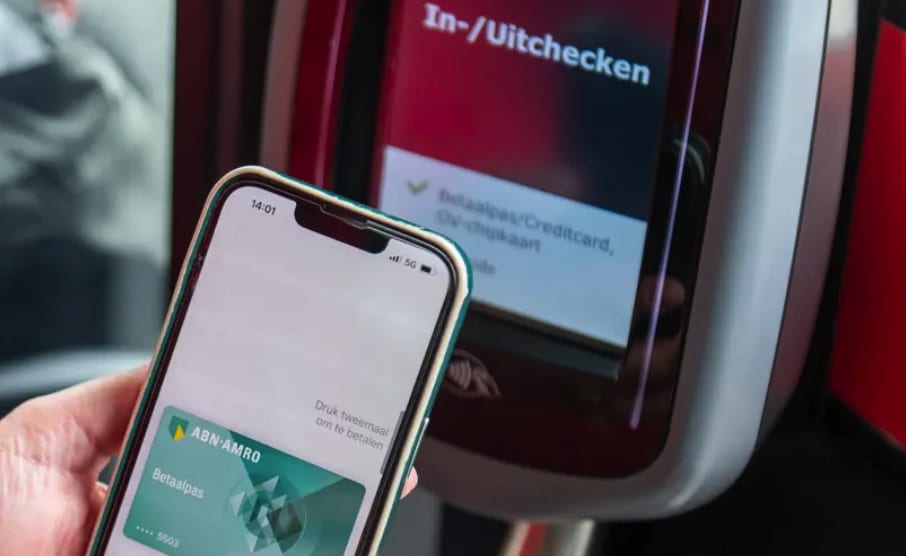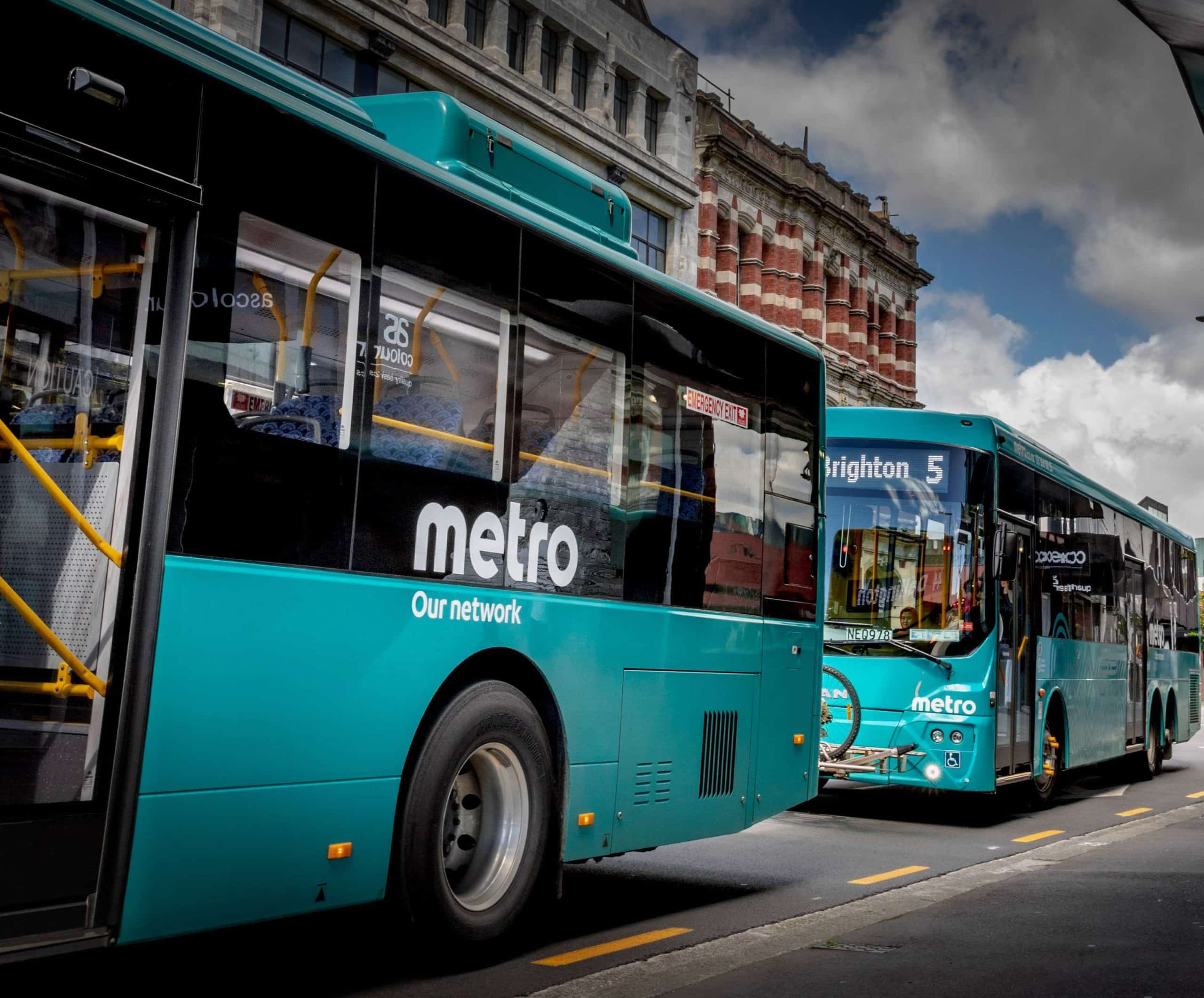
Article Highlights
TIP’s ambitious electronic fare-collection service combines NFC technology with BLE beacons, enabling customers to check in by tapping their Android NFC smartphones, then “be-out,” with the beacons recording the passengers’ exit from the system. The agency has faced challenges with the rollout of the app, however. Some of these involve the technologies the app uses, others relate to difficulties in changing customer behavior.
The agency said it sees an average of 2,400 new customers sign up for the Anda app each month. Since launching the app in June 2018, TIP has recorded nearly 1.5 million trips using the app. That’s still a very small share of the total number of trips TIP handles for the nearly 20 public transit operators serving the Porto metro area every month or nearly 15 million, pre-pandemic.
• TIP
• Calypso
The agency that runs ticketing for 19 public bus, tram and train operators serving Porto, Portugal’s second largest city, says it has had success–and faced several challenges–with the rollout of its Anda mobile-ticketing app.

















